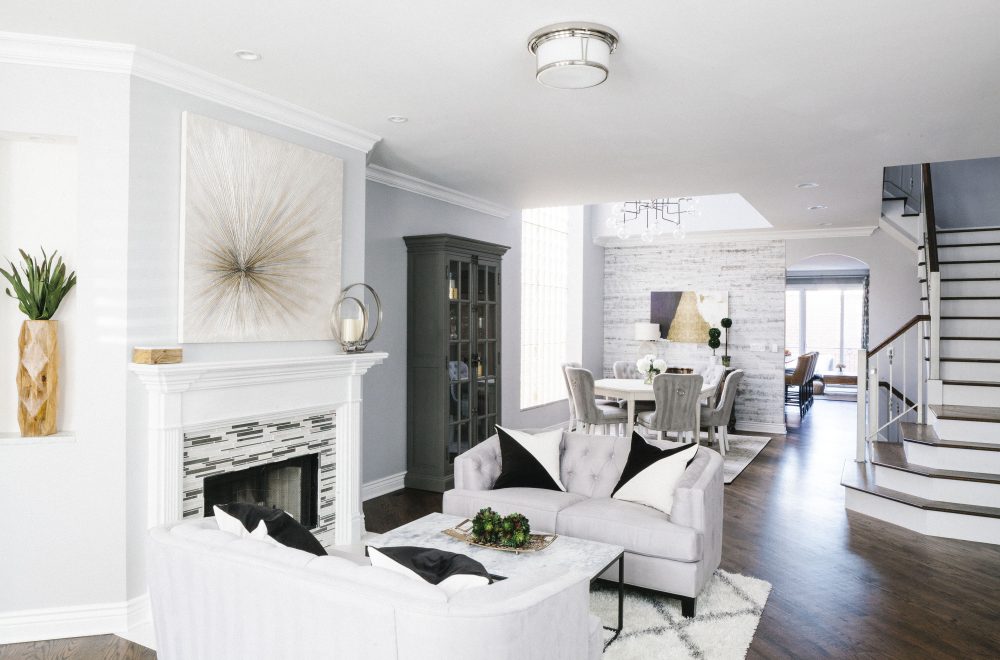Are you itching to make an update to your home, but aren’t sure where to begin? Painting a room, or even a single wall, is an easy DIY project to instantly give your home a fresh facelift. But, before you even think of stepping foot in a paint store, there are a few fundamental things to consider. Learn how to choose a paint color and to make sure you get it right the first time.
How To Choose A Paint Color
With hundreds of colors to choose from, deciding on the right paint color can be a daunting task. First, there are a few questions you should ask yourself before you embark on this project. Do you want your room to maintain a warm or cool vibe? Is it time to take the plunge and paint that dark accent wall you’ve been dreaming of, or will a subtle neutral throughout the room will do the trick? Have you thought of wallpaper versus paint? Put down the paint brush and make sure you’ve thought about these key points below before making a new color commitment.
1. Explore Tones
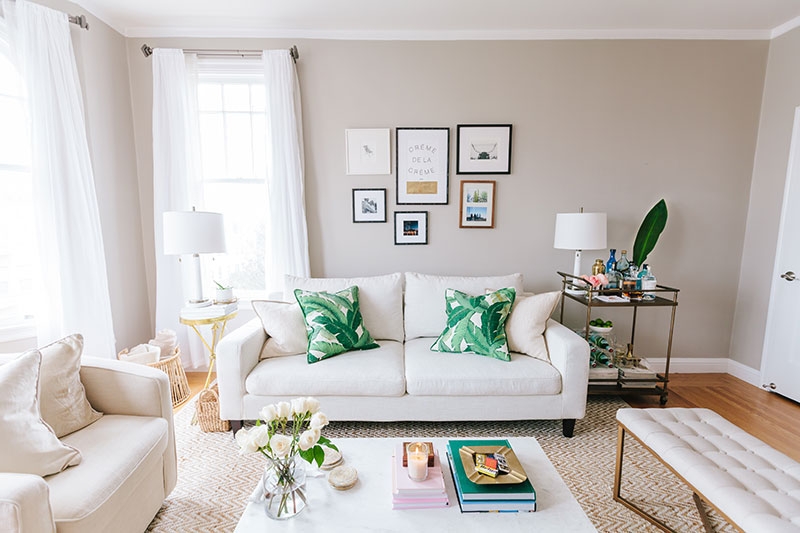
Start by taking inventory of your furniture and decor. Pay special attention to the tone of your flooring and any other architectural elements (wood beams, brick fireplace, etc.) as these will greatly affect the intensity of the color suggested for your walls.
If you have dark wood floors, you’ll want a slightly lighter tone on your walls to keep your space feeling large and open. If you have lighter flooring or carpet, add contrast with a darker tone. Avoid matching so your space doesn’t become flat.
2. Create a Consistent Color Palette
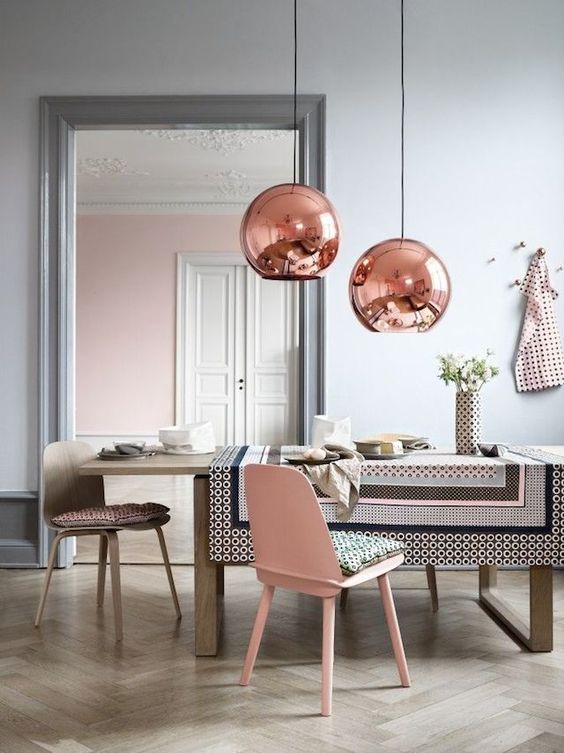
Consider each of your rooms as part of a unified home rather than separate units, and keep your color palette consistent throughout. Now, this doesn’t mean that every wall in your house should be painted the same color (how boring!). Instead, the colors in your home should all be part of a cohesive palette and should work harmoniously together, especially in rooms on the same floor. You can keep things in the same family, or go bold with contrasting but complementary palettes.
Pro tip: Wondering how to choose a paint color for an accent wall that still plays well with others? Consider using a similar but slightly lighter color in adjacent rooms to create a seamless transition between spaces.
Discover Your Style
Feeling inspired? Start your own Havenly design project today by taking our free style quiz.![]()
3. Lighting is Key!
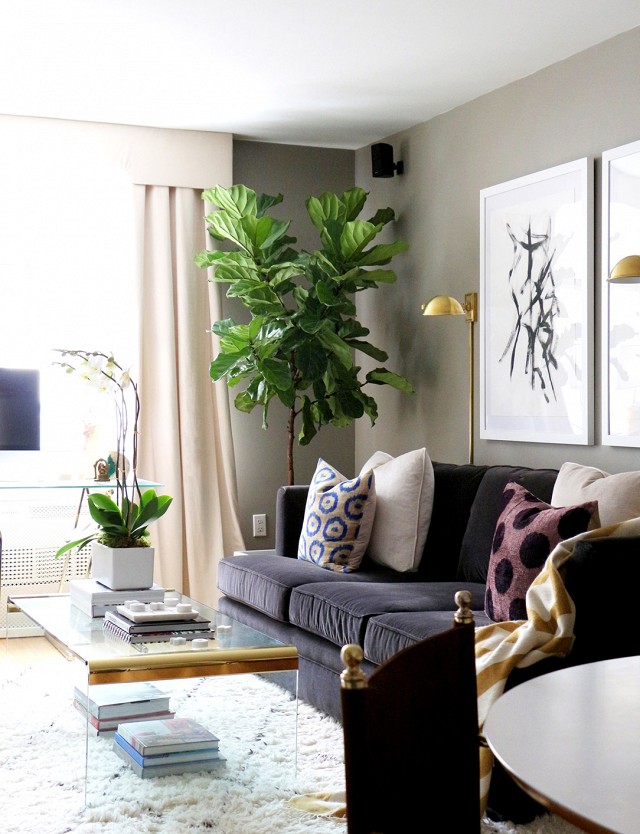
If you are fortunate enough to have large windows that allow an abundance of natural light to flood into the space… well, you can color us green with envy. In natural light, your paint color will likely look just as it is shown on the paint chip. For those of us who need a little help adding light to our homes, remember that even your lightbulbs can affect the undertones of your paint color.
Test your paint on the wall and observe over various times throughout the day to see how each lighting scenario affects the color. Seriously, if you take one thing from this blog post, it’s that paint on the wall always beats a paint chip. Always.
4. Wallpaper & Accent Walls
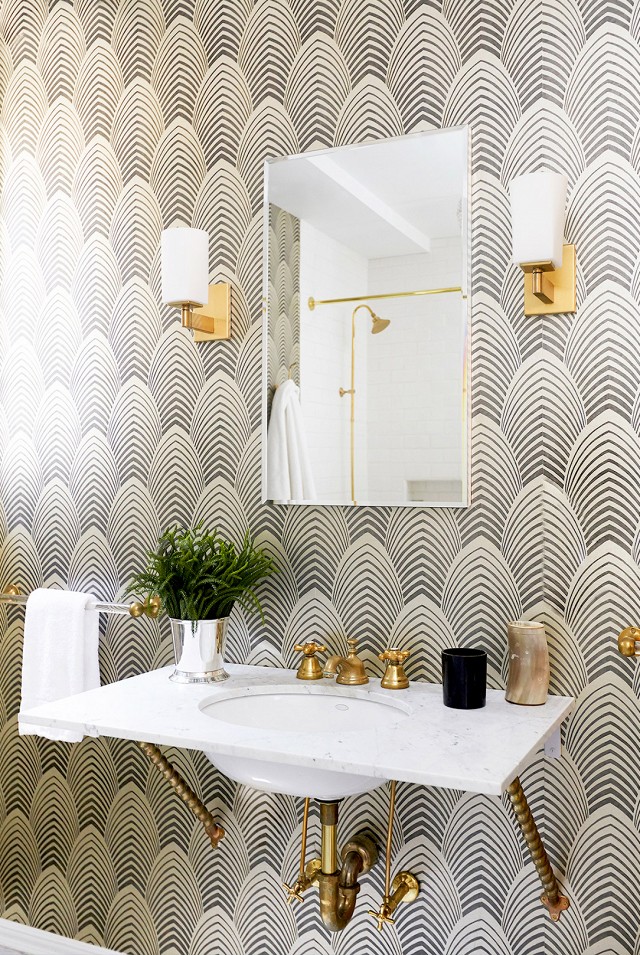
Our hearts skip a beat whenever we see a well-placed accent wall! Bold pops of paint are always popular, but if you’re looking for something more patterned, wallpaper is back in vogue. Keep in mind that while accent walls aren’t for the faint of heart, paint is easy to redo and removable wallpaper can be found from many of our favorite retailers.
Nervous about committing to an entire wall or room? Start small by painting or wallpapering the interior of exposed cabinets or the base of a kitchen island to inject just a hint of color and pattern to your space.
Looking for more help on how to choose a paint color? Chat with a designer free with Design Quickie and get help choosing paint colors tailored to your space.

